The Ultimate Tattoo Placement Guide: Best Spots for Pain, Longevity & Style
In 2025, tattoos are more than body art—they’re self-expression, culture, and personal branding. But choosing the right design is only half the decision. Placement can make or break your tattoo in terms of pain, style, and how it ages over time.
This detailed guide explains the most popular tattoo placements, their pain levels, pros and cons, and how to choose the right one for your body and lifestyle.
Factors to Consider Before Choosing a Placement
- Pain Tolerance – Some areas are much more sensitive.
- Longevity – Areas with friction (hands, feet) may fade faster.
- Visibility – Do you want it to be easily seen or easily hidden?
- Design Type – Large designs need broad areas; delicate designs work on smaller spots.
- Lifestyle & Work Environment – Consider jobs or situations where visible tattoos may be an issue.
Tattoo Placement Pain Scale
- Least Painful: Upper arm, forearm, calf, outer thigh
- Moderate Pain: Shoulder blade, upper back, chest, outer ankle
- Most Painful: Ribs, sternum, spine, inner thigh, armpits, face
Best Spots for Tattoos (2025 Edition)
1. Forearm
- Pain: Low
- Pros: Highly visible, versatile for small to medium tattoos
- Cons: Exposure to sun = faster fading
- Best For: Script tattoos, minimalist art, geometric designs
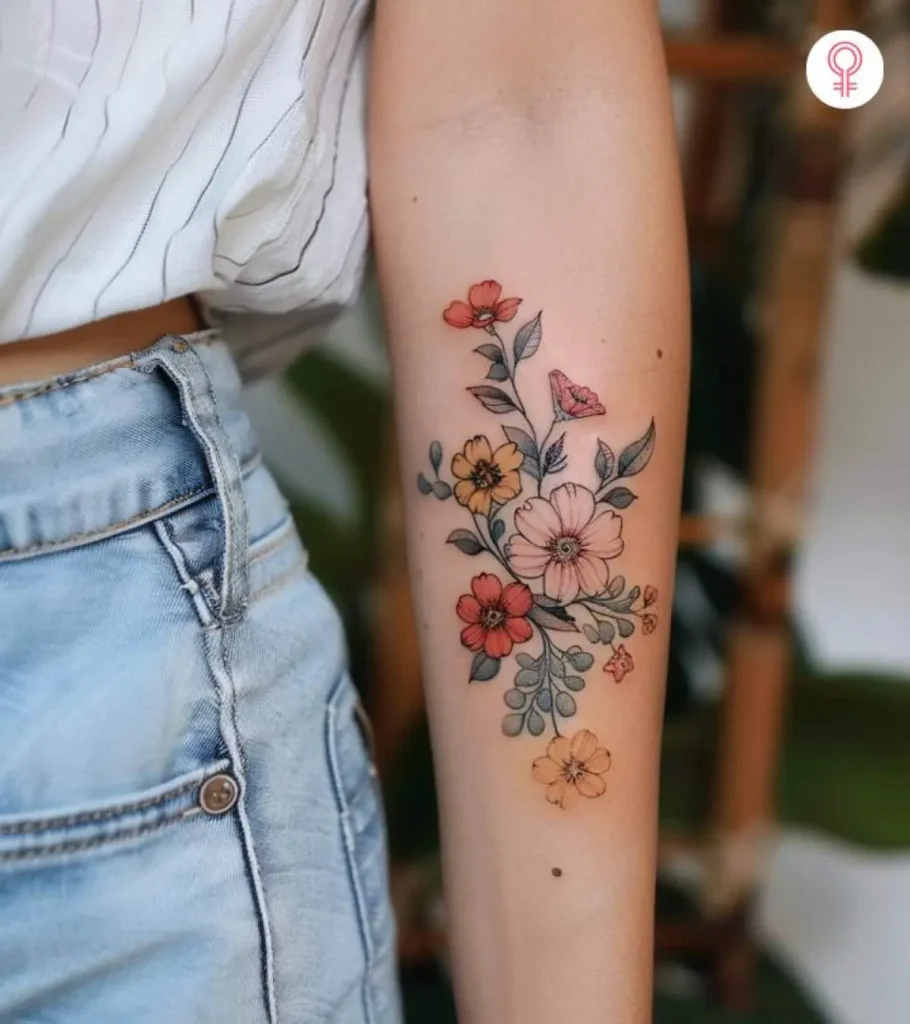
2. Upper Arm / Shoulder
- Pain: Low
- Pros: Good for larger pieces, ages well
- Cons: Less visible unless sleeveless
- Best For: Portraits, detailed sleeve designs, traditional tattoos
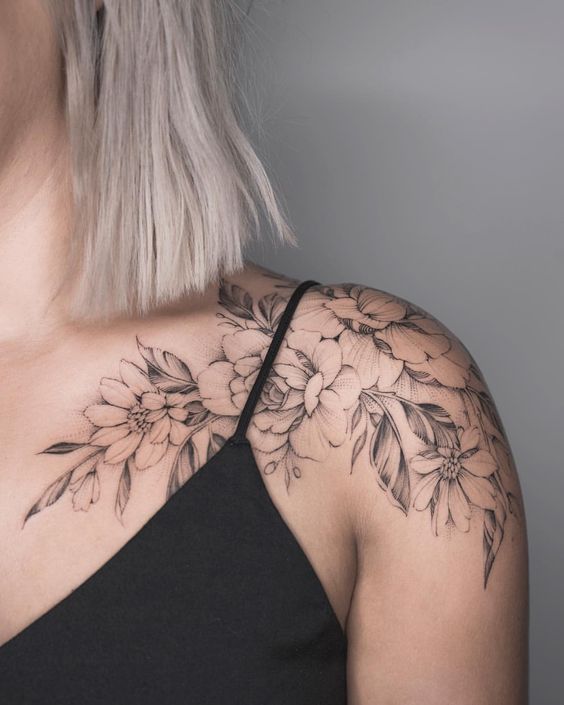
3. Back
- Pain: Varies (upper back = moderate, spine = high)
- Pros: Huge canvas, protected from sunlight
- Cons: Hard to see without a mirror
- Best For: Large pieces, intricate scenes, mandalas
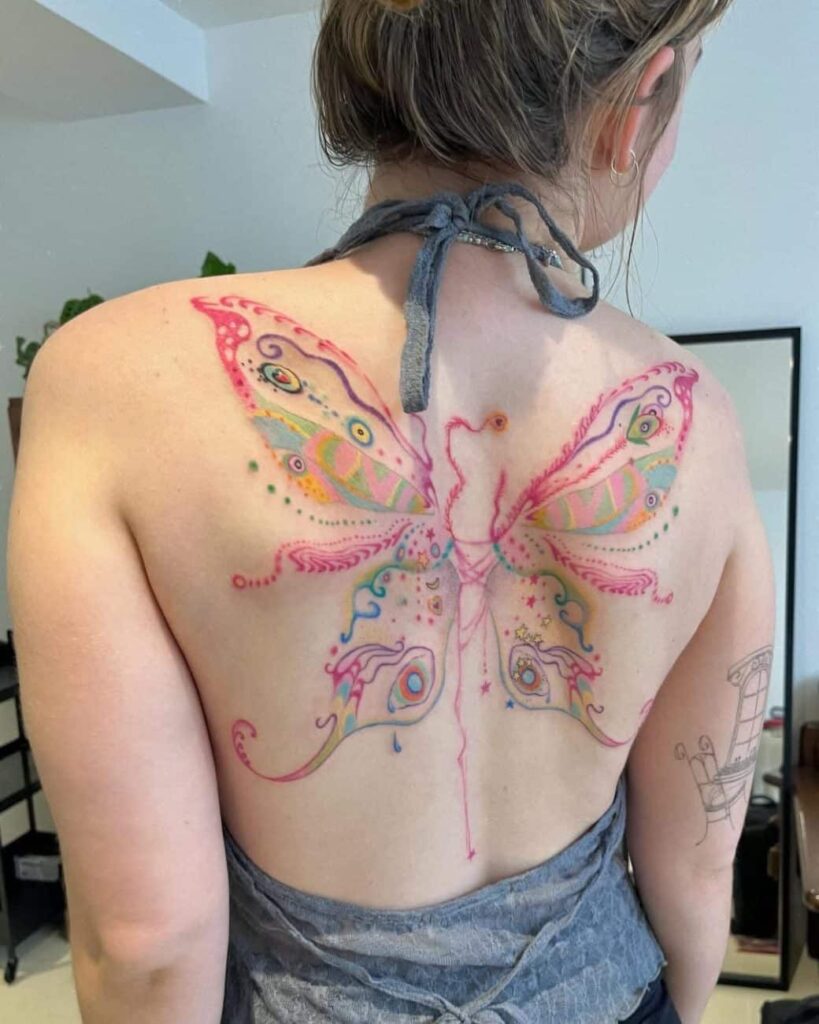
4. Ribs
- Pain: Very High
- Pros: Hidden placement
- Cons: Painful; stretches with weight changes
- Best For: Meaningful quotes, fine line art
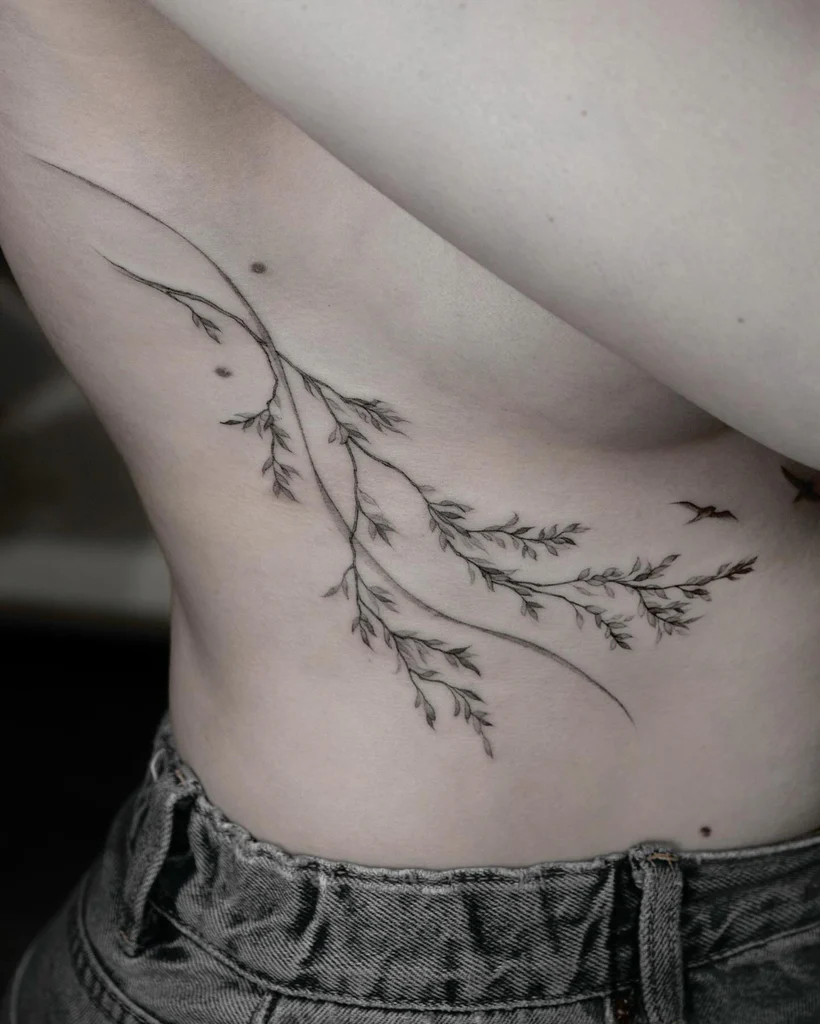
5. Thighs
- Pain: Low (outer thigh)
- Pros: Great for big, colorful tattoos; good longevity
- Cons: Not always visible
- Best For: Realistic art, floral patterns
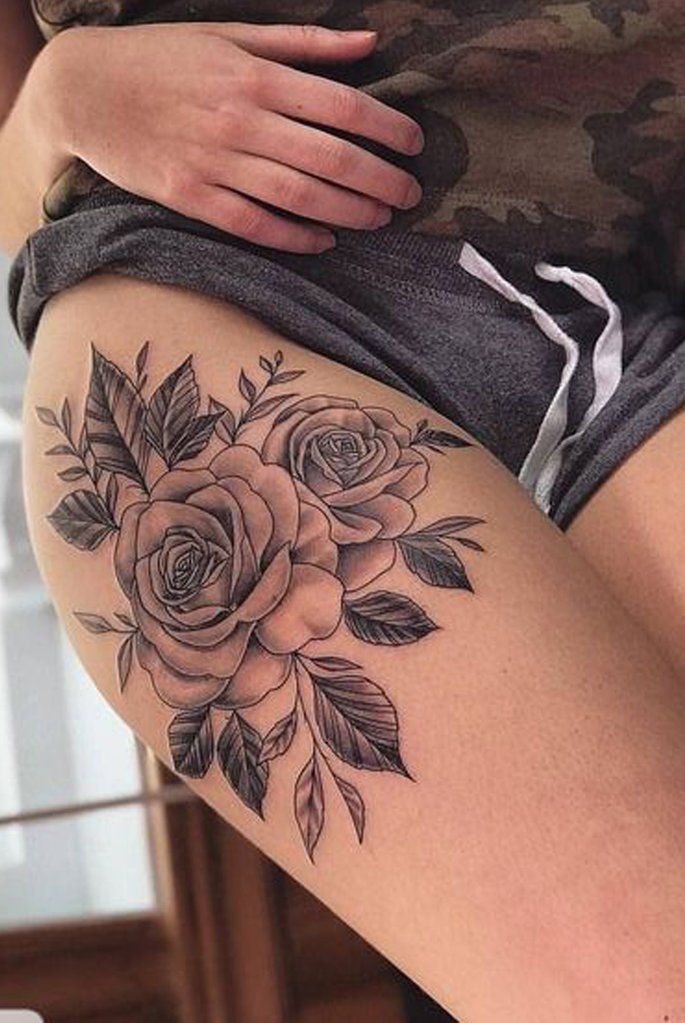
6. Legs (Calves)
- Pain: Low
- Pros: Good for medium designs, lower fading
- Cons: Can be sore during healing if active
- Best For: Tribal patterns, animals, nature tattoos
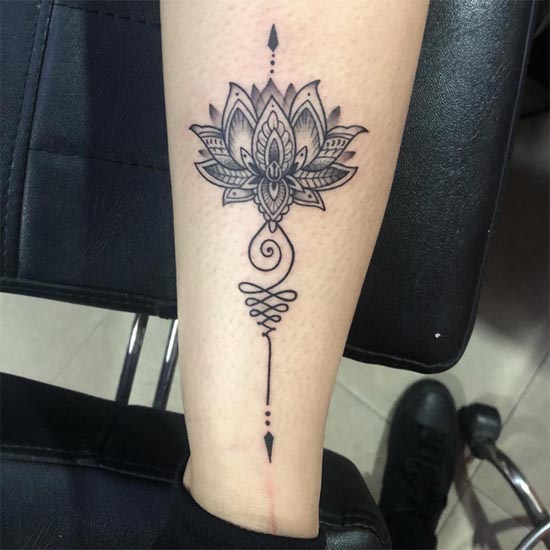
7. Neck
- Pain: High
- Pros: Very bold and visible
- Cons: Painful; socially bold
- Best For: Small symbolic tattoos
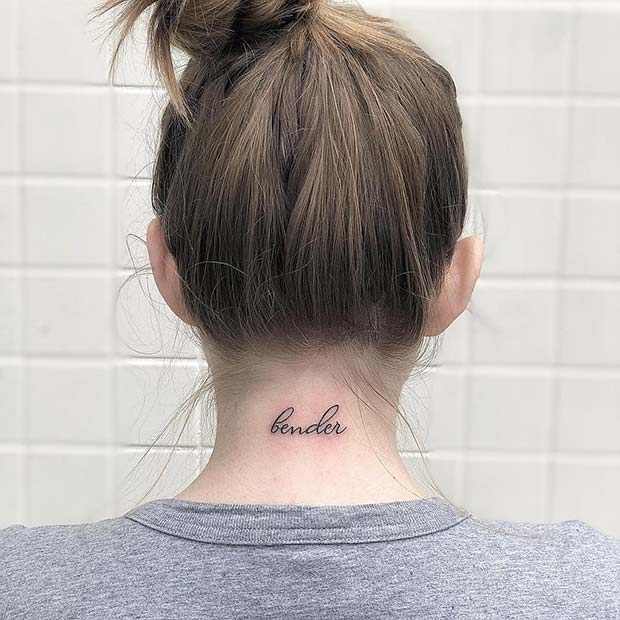
8. Hands & Fingers
- Pain: High
- Pros: Highly visible
- Cons: Fades fast due to constant use
- Best For: Minimalist art, initials, micro tattoos
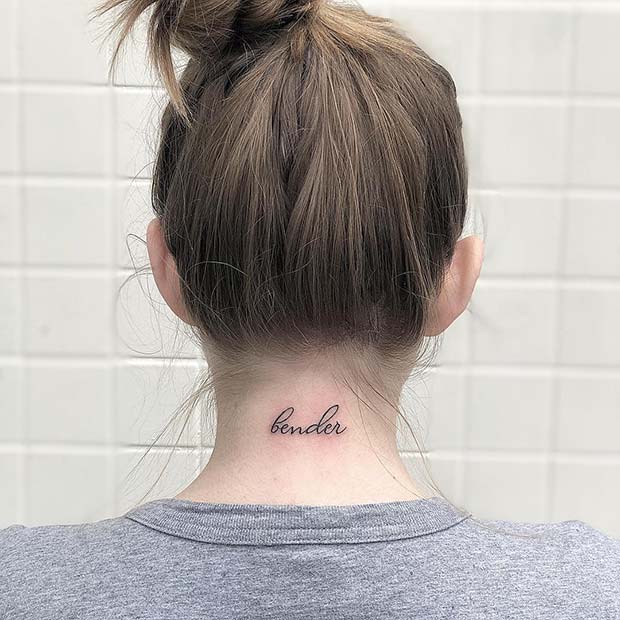
9. Feet and Ankles
- Pain: High
- Pros: Cute placement for small tattoos
- Cons: Painful and prone to fading
- Best For: Tiny, simple tattoos
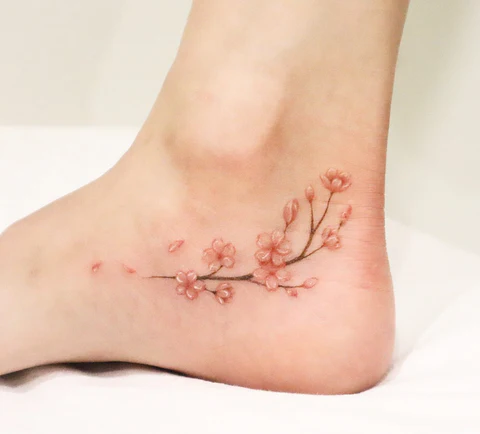
Tattoo Placement Trends in 2025
- Behind the Ear: Discreet, trendy
- Side of the Finger: Small symbols
- Inner Arm / Bicep: For quotes and meaningful messages
- Sternum Tattoos: Popular among women for floral and mandala designs
- Leg Sleeves: Full coverage tattoos extending from thigh to ankle

Tips for Choosing Tattoo Placement
- Consider how the body moves: Designs can distort over time.
- Think about future tattoos: Plan ahead if you want a sleeve or larger work.
- Test with temporary tattoos: Helps you visualize before committing.
- Talk to your tattoo artist: They know how designs will age on different body parts.
Healing Considerations by Placement
- High-movement areas (wrists, elbows, knees): Longer healing time
- Covered areas (thighs, back): Heal faster but can be irritated by clothing
- Exposed areas (hands, feet): Need extra aftercare due to friction and sun exposure
Tattoo Placement for First Timers
For a first tattoo:
- Choose a low-pain, easily accessible spot like the forearm or upper arm.
- Avoid sensitive spots like ribs or neck.
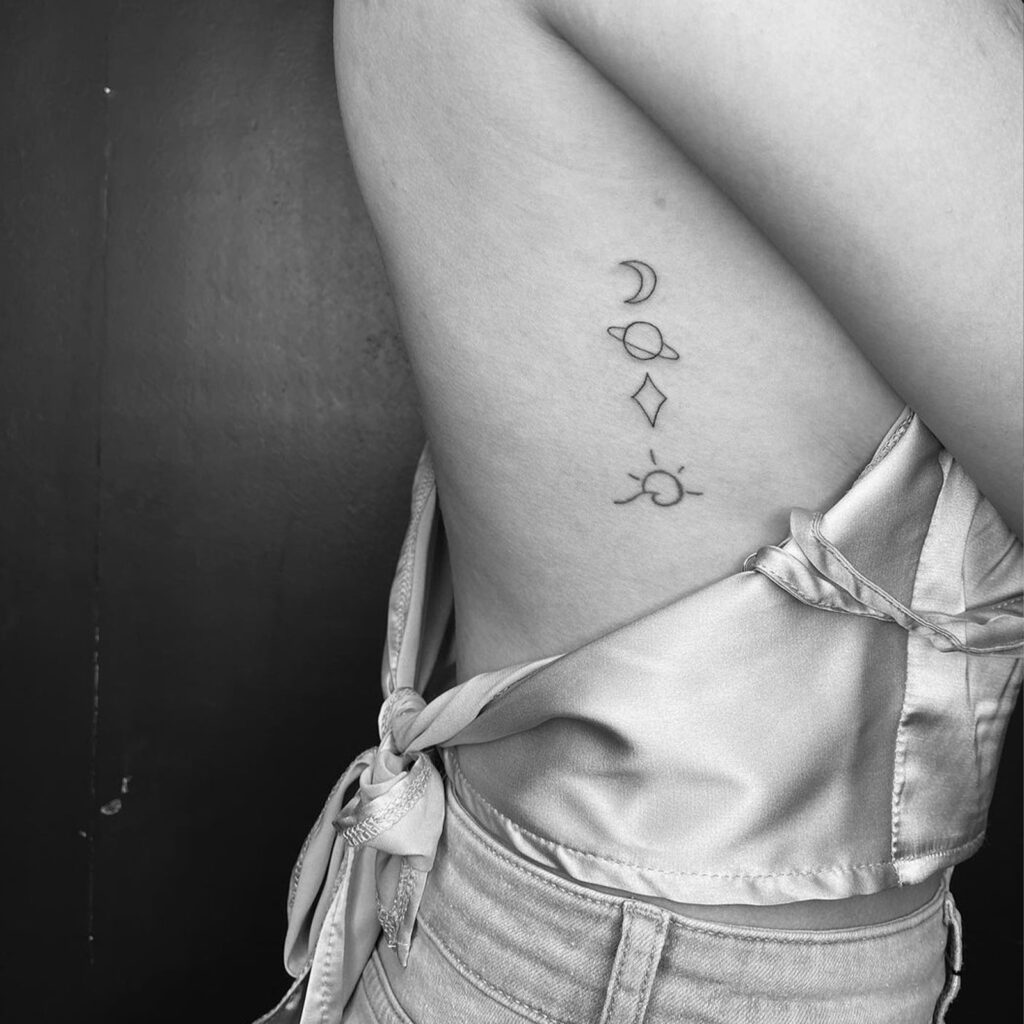
Conclusion
Tattoo placement is just as important as the design. The right location enhances visibility, ensures longevity, and makes the experience more comfortable.







